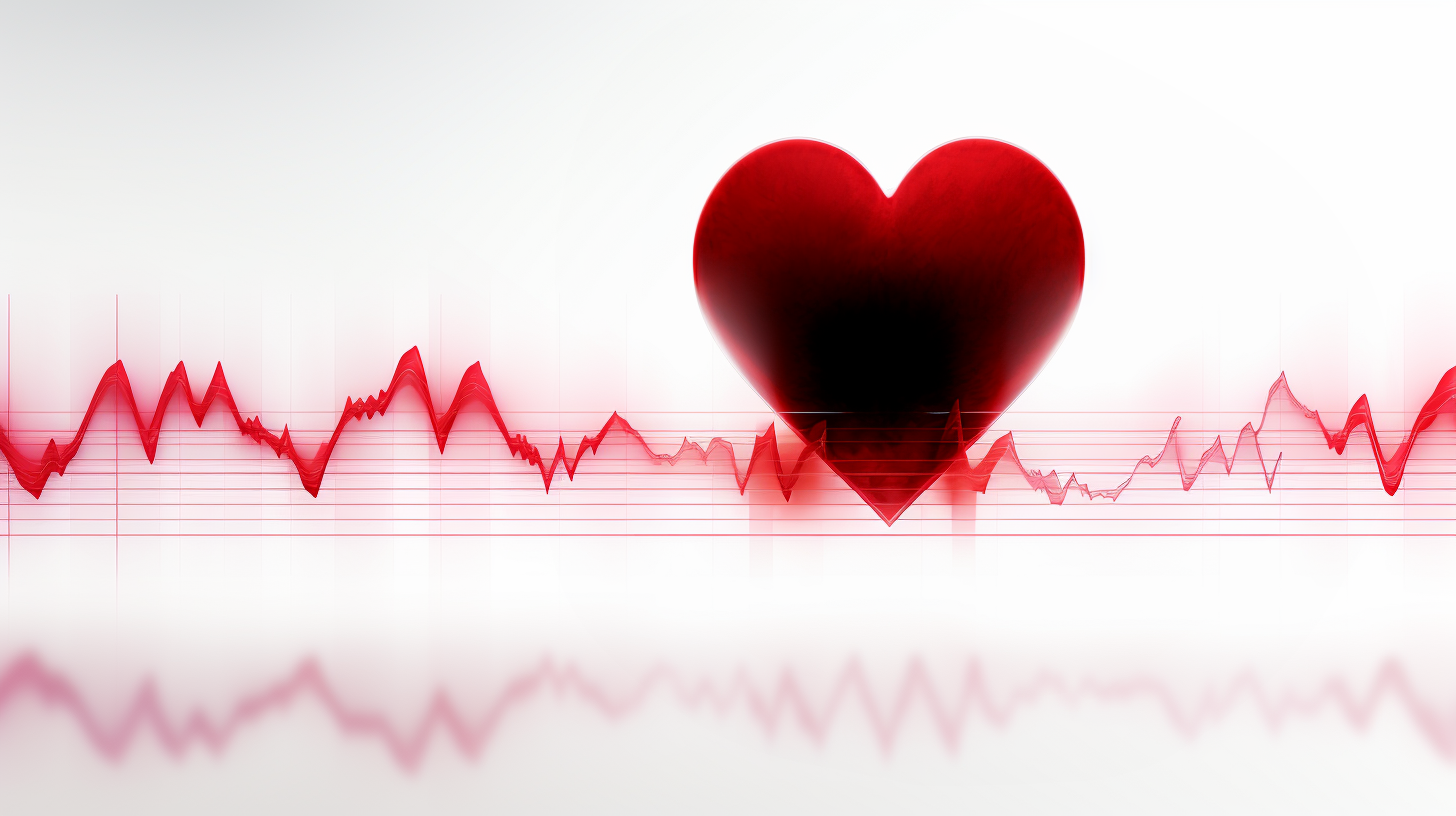Nanoscopic Lamps
Lipid-coated nanocrystals as local light sources for the fluorescence stimulation of specifically bound proteins
Advertisement
Miniaturization is finding its way into diagnostics and bioanalysis. Miniature-scale systems, such as DNA chips and labs in credit-card form have been in use for some time. Swiss researchers have now developed a new kind of lamp for use in nanoscopic methods.
At the core of the new device are nanocrystals made of semiconducting materials. The research team headed by Horst Vogel at the Swiss Federal Institute of Technology in Lausanne (EPFL) selected green-fluorescing crystals of cadmium selenide, which they coated with a thin layer of lipid molecules like those found in cell membranes. The lipid layer protects the nanocrystals from exterior influences and makes them water-soluble without impeding their fluorescence. The lipid layers also have a particular advantage compared to other coatings -- they can easily be equipped with biochemical functions.
In order to test the potential of their concept, the EPFL team equipped the coated crystals with two different types of molecular "hooks", which each specifically bind only one type of "eye". The scientists "printed" a two-dimensional microscopic pattern of special protein complexes onto a glass plate. These complexes carry the eyes (the protein streptavidin) that correspond to the first type of hook (the vitamin biotin). The luminescent crystals then bind selectively to the printed pattern. "Our tiny lamps can also be incorporated into defined structures relatively easily and with micrometer precision," says Vogel, " which is necessary for analysis with DNA or protein chips."
This is where the second hook (nitrilotriacetic acid) comes into play; it can be used to "fish" for marked analytical molecules. As an example, the researchers placed a red fluorescing protein that carries the appropriate eye (hexahistidine) on the glass plate. The protein immediately bonded to the crystal. When the luminescent crystals were then irradiated with light of a certain wavelength, they entered an excited state. Normally, they would re-emit this energy as green fluorescence; instead, the "nanolamps" transfer their energy packets directly onto the attached proteins.
This energy is exactly what the proteins need to get excited themselves. As they return to their ground state, the proteins emit this energy as red fluorescence, which can be detected. The crucial trick is this: the radiation-free energy transfer from a nanolamp to the proteins only occurs when the distance between them is less than 10 nm. "Only specifically bound proteins are thus made to fluoresce," says Vogel, "such a high sensitivity can not be attained with conventional light sources."
Other news from the department science
Most read news
More news from our other portals
See the theme worlds for related content
Topic world Diagnostics
Diagnostics is at the heart of modern medicine and forms a crucial interface between research and patient care in the biotech and pharmaceutical industries. It not only enables early detection and monitoring of disease, but also plays a central role in individualized medicine by enabling targeted therapies based on an individual's genetic and molecular signature.

Topic world Diagnostics
Diagnostics is at the heart of modern medicine and forms a crucial interface between research and patient care in the biotech and pharmaceutical industries. It not only enables early detection and monitoring of disease, but also plays a central role in individualized medicine by enabling targeted therapies based on an individual's genetic and molecular signature.


















































